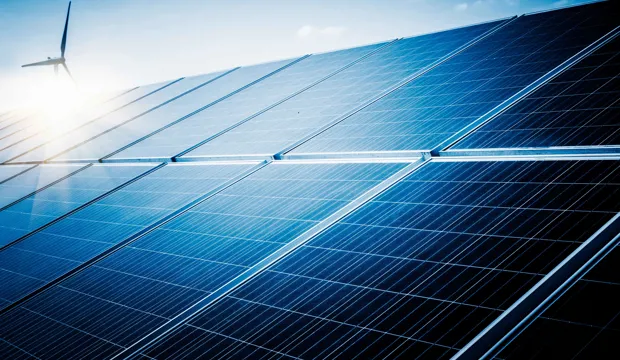
Make a night-light circuit
Design and make a solar powered night-light circuit
The ‘Photovoltaic cells’ scheme of work involves investigating how photovoltaic cells are used and then using this technology to make a series of electronic circuits of increasing complexity. This could form the basis of a design and make activity in Design and Technology, with cross-curricular links with Science.
In this engaging and practical STEM activity, designed for secondary school students, learners will investigate the photovoltaic effect by designing and making a solar power night-light circuit.
Activity: Make a night-light circuit
This could be used as a short design and make project in Electronics or Product Design within Design and Technology. It could be extended into a longer project using the ‘Design Guide (handout)’ to provide a structure for the sequence of tasks to be carried out.
Students should be divided into pairs or small teams. Their design brief is to design and manufacture a prototype solar powered night-light.
The prototype should be powered by solar energy, produce no waste by-product with normal use, provide an appropriate illumination for a task (to be identified), illuminate automatically when the light level drops (below an identified level) and it should be manufactured from reused materials, where possible.
Tools/resources required
- Access to appropriate CAD software for circuit modelling and development
- Modular electronics kits or prototype boards (breadboards), as appropriate
- Transistor sensor circuit help (handout)
- Design Guide (handout)
- A range of components to manufacture the circuits
What are photovoltaic cells?
Photovoltaic cells, also known as solar cells, are semiconductor devices that convert sunlight directly into electricity. They are typically made of materials like silicon, which have the property of absorbing photons of light and releasing electrons, thereby generating an electric current.
When sunlight falls on a photovoltaic cell, it excites electrons in the semiconductor material, which then flow in a particular direction to create an electrical current. This current can be used to power electrical devices or stored in a battery for later use.
Photovoltaic cells are widely used in solar panels for generating electricity in homes and businesses, and in remote locations where grid power is not available. They are also used in portable devices like calculators, watches, and solar powered chargers. The use of photovoltaic cells is a key component of efforts to develop clean and sustainable sources of energy.
Suggested learning outcomes
By the end of this activity students will have an understanding of how photovoltaic cells work, how they can be used and the impact of using photovoltaic cells in aesthetic, economic, and environmental issues.
Download the free activity sheet below!
All activity sheets and supporting resources are free to download, and all the documents are fully editable, so you can tailor them to your students’ and your schools’ needs.
The activity sheet includes teacher notes, guidance, useful web links, and links (where appropriate) to the national curriculum in each of the four devolved UK nations; England, Northern Ireland, Scotland and Wales.
Please share your classroom learning highlights with us @IETeducation.
Available Downloads

Activity overview
Make a night-light circuit activity description, teachers' notes and curriculum links.

Handout
Design Guide - student handout showing the elements that a project should include.

Handout
Transistor Sensor - student handout of transistor sensor circuit explanations.

Seeing clearly - Podcast
Produced by Fun Kids Radio as part of the Techno Mum series.


